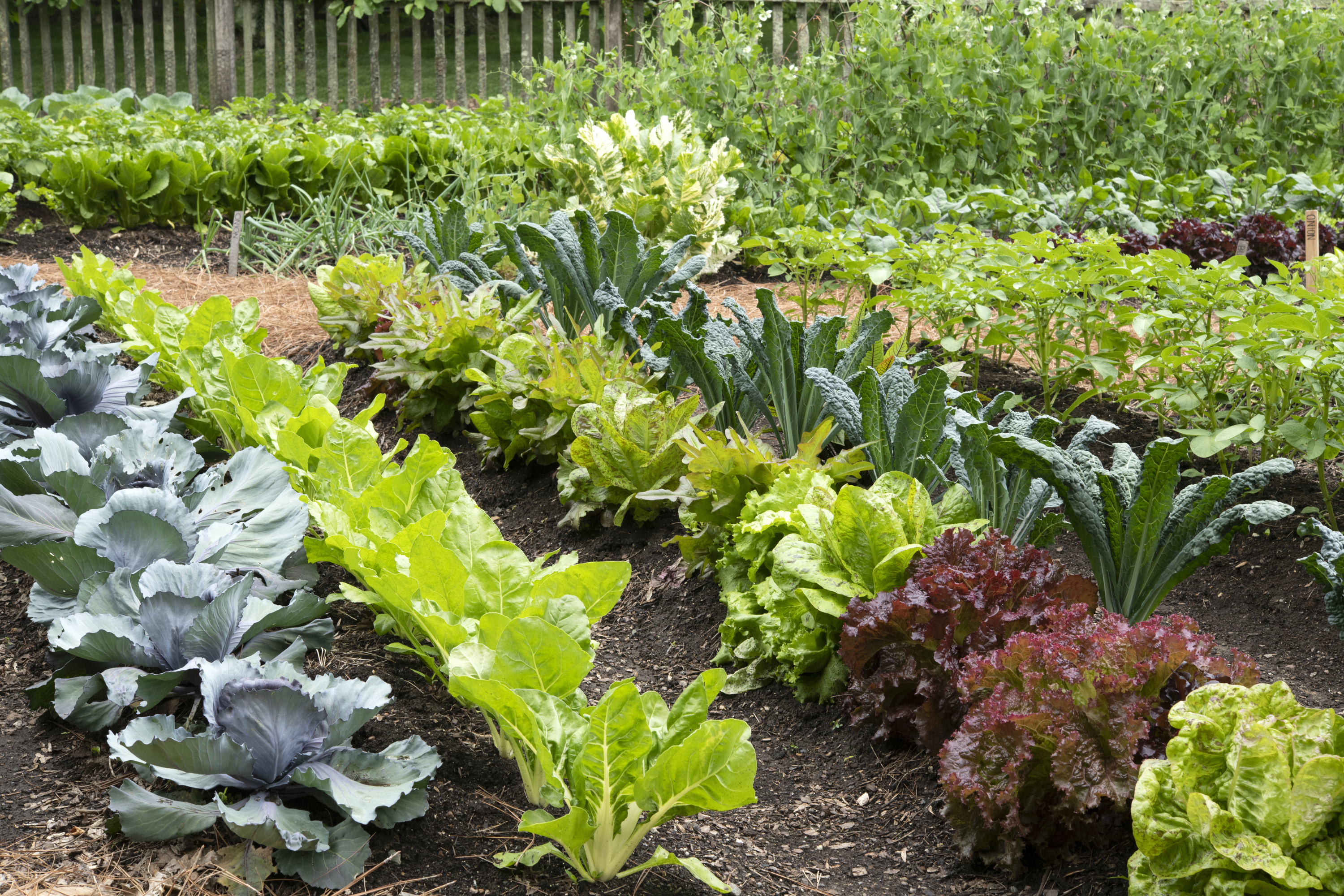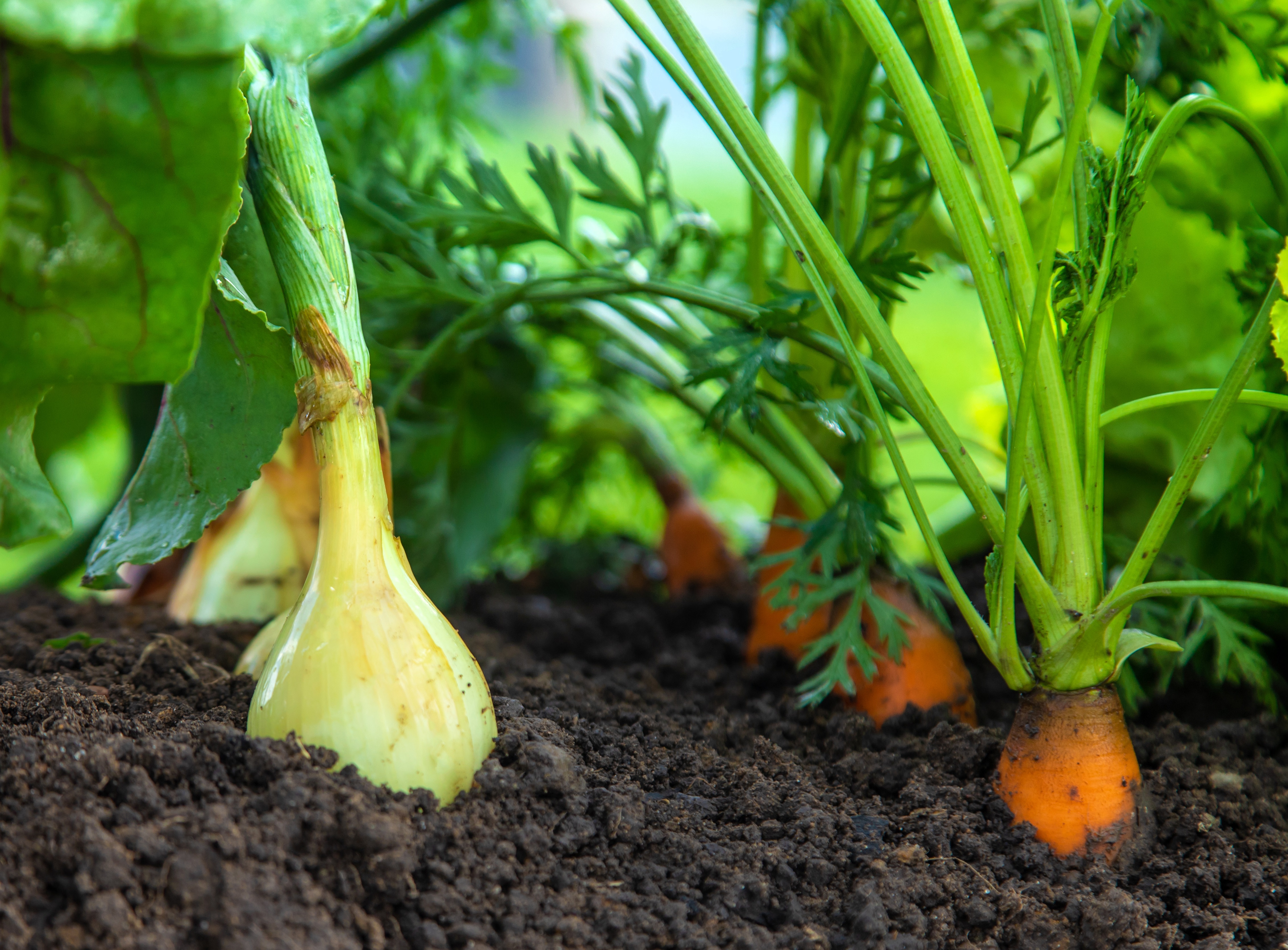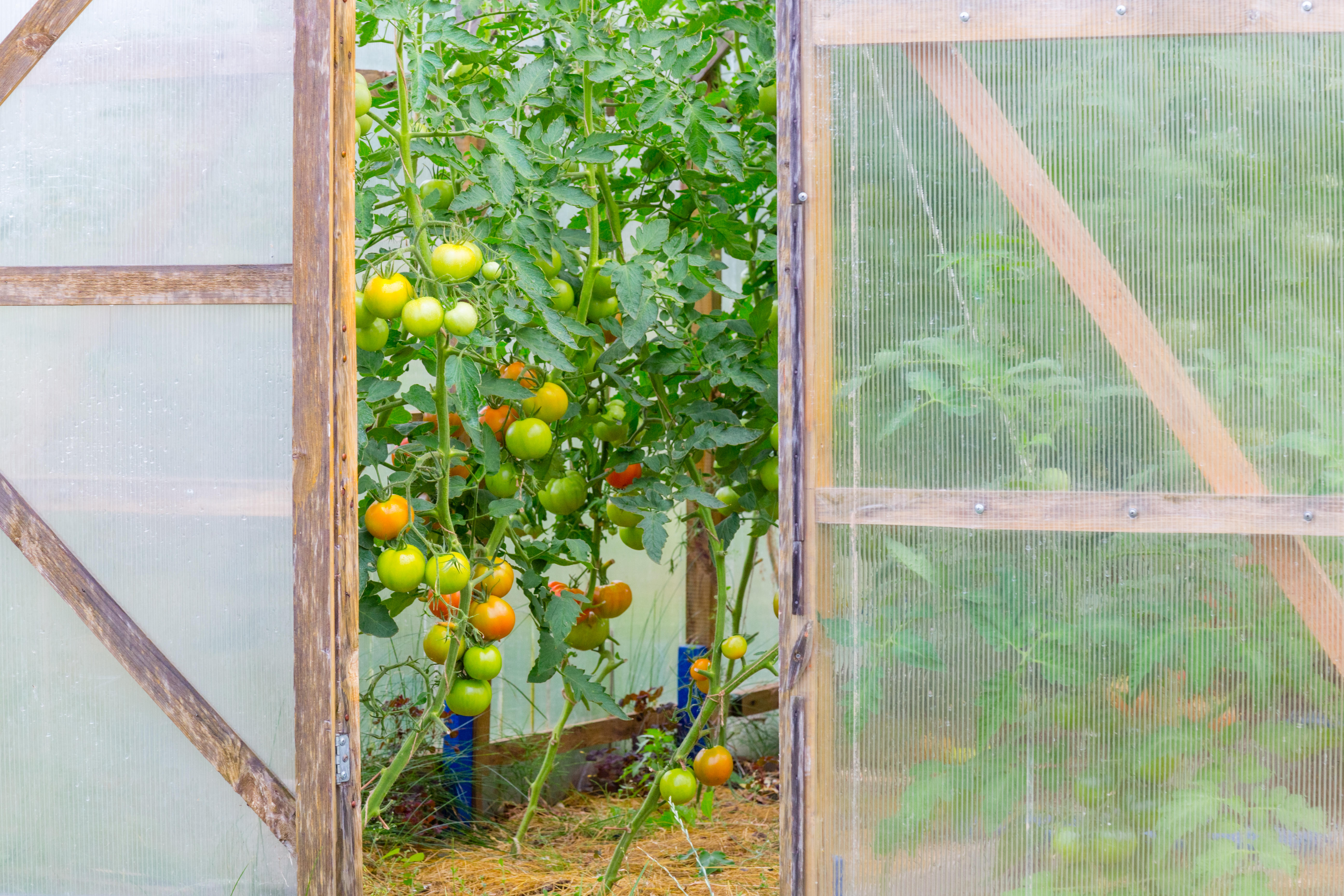'I wish I'd known this before planting' – 5 mistakes beginners often make with vegetable gardens, and how to fix them
If you're a new vegetable gardener this year, take a look at these common vegetable gardening mistakes experts always see and the best ways to prevent them


When it comes to vegetable gardening, even the best gardeners have learned good practices the hard way. While it is exciting to grow your crop, it takes time to understand how to cultivate and care for the plants. It may be impossible to avoid every problem in the garden, but a few common tips can help smooth the process.
This is why we reached out to top gardeners and landscape designers for advice on mistakes that most people make. Take a look at these points, and find out how to ensure your backyard vegetable garden remains healthy and bountiful always.
1. Failure to prepare soil
Turning your modern garden into an agricultural space takes a little bit of time and careful planning. You want to ensure you've prepped the ground well to lay the seeds.
'The health and quality of the soil is always important, no matter what you’re planting,' says Chris Bonnett, founder of Gardening Express. 'Failure to prepare it properly results in poor drainage and nutrient deficiencies which will affect how your crops grow.'
'The way to address this problem is to amend the soil with compost to improve its health,' says Chris. 'Before planting conduct a soil test to determine the nutrient levels of the soil. As your crops grow, continue to add compost to the soil to replenish its nutrients.'
2. Under-fertilizing the crop

A big part of successful vegetable garden is keeping track of when to fertilize and what kind of fertilizer vegetables need.
'Many fruit and vegetable plants are very 'hungry' and need nutrient-dense soil and regular fertilizing throughout the growing season to be very productive,' says Kat Aul Cervoni, landscape designer and founder of Staghorn NYC and The Cultivation by Kat. 'A mistake many beginners make is not providing enough nutrition to their vegetable plants. I’m a fan of using slow-release organic plant food such as Espoma or Dr. Earth for my veggie plants. These granular formulas are applied around the base of the plants and, as their name suggests, slowly release nutrients over a few months. Many also include properties that can improve soil condition and fertility over time.'
The Livingetc newsletters are your inside source for what’s shaping interiors now - and what’s next. Discover trend forecasts, smart style ideas, and curated shopping inspiration that brings design to life. Subscribe today and stay ahead of the curve.
'Also, I mark dates in my calendar to remind myself to apply this plant food and usually do so twice during the growing season,' says Kat. 'Once, right after planting them out, and again three months later in summer. Seaweed plant food is another great option for veggies and fruit and can be mixed into water and provided 1x week or so as an alternative. This is handy if you are hand-watering your plantings 1x a week or so.'
3. Overcrowding crops

When considering how to plan a modern garden, you need to be realistic about the size of your vegetable garden, and how many crops it can contain. It’s easy to get carried away and plant too much, and too close to each other.
'Beginners often plant vegetables too close together which means the crops will be competing for sunlight, water, and soil nutrients,' says Chris. 'This can stunt their growth. Try to follow the spacing guidelines for each vegetable. To make it easier you could also consider using raised beds to help control the spacing.'
4. Irregular watering
For a thriving vegetable garden, keep a regular schedule for watering. 'Over watering, under watering, and inconsistent watering can put the crops under stress and affect their growth,' says Chris. 'To overcome this, create a watering schedule based on the needs of your vegetables. Use mulch to retain moisture in the soil and reduce evaporation.'
'Vegetable plants thrive on consistency in sunlight, nutrients, and water which helps them avoid stress and put all of their energy into production (which takes a lot of energy!),' says Kat. 'Anytime a plant has to take energy away from growing fruit/vegetables to stay alive whether it’s because water is too scarce or an insect is attacking, the plant's productivity will suffer and fruit/veggie production will go down in quantity and quality. Many veggies prefer consistently moist, but well-drained soil. Also be aware of the rain, as too much water can cause big issues, such as blossom end rot and splitting in tomatoes and other vegetable plants.'
'Drip irrigation systems can be very helpful if budget allows,' says Kat. 'Also be sure that the soil you’re using is free-draining and not in a low, or damp spot.'
5. Planting in too much shade

Ever wondered why you only got a few tomatoes off of one plant, instead of a whole basket you were hoping for? A common mistake is planting in too much shade. Whether yours is a courtyard garden or terrace garden, make sure your plants get adequate light.
'One of the most common mistakes beginners make in their veggie gardens (and all gardens, actually) is not understanding their sun and shade conditions before planting, and thus, planting their veggies in too much shade,' says Kat. 'The majority of herbs and vegetables need full, or nearly full sun to thrive and be productive (at least 6 hours of sunlight, and more is better), so planting in a space that gives less than that will render plants that are leggy, weak and less productive. Before planting your garden, study the sun/shade patterns of your space. It can feel tedious, but taking a sunny day to check 1x per hour where the sun is in your space and where the shadows are, can help you avoid mistakes in sun/shade down the road.'
'Be mindful that the amount of direct sunlight you get in winter might be different than what you get in summer depending on tree foliage and the length of shadows from neighboring structures and trees,' says Kat.
3 products for a healthy vegetable crop

Aditi Sharma Maheshwari started her career at The Address (The Times of India), a tabloid on interiors and art. She wrote profiles of Indian artists, designers, and architects, and covered inspiring houses and commercial properties. After four years, she moved to ELLE DECOR as a senior features writer, where she contributed to the magazine and website, and also worked alongside the events team on India Design ID — the brand’s 10-day, annual design show. She wrote across topics: from designer interviews, and house tours, to new product launches, shopping pages, and reviews. After three years, she was hired as the senior editor at Houzz. The website content focused on practical advice on decorating the home and making design feel more approachable. She created fresh series on budget buys, design hacks, and DIYs, all backed with expert advice. Equipped with sizable knowledge of the industry and with a good network, she moved to Architectural Digest (Conde Nast) as the digital editor. The publication's focus was on high-end design, and her content highlighted A-listers, starchitects, and high-concept products, all customized for an audience that loves and invests in luxury. After a two-year stint, she moved to the UK and was hired at Livingetc as a design editor. She now freelances for a variety of interiors publications.


